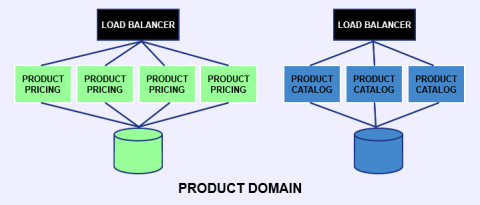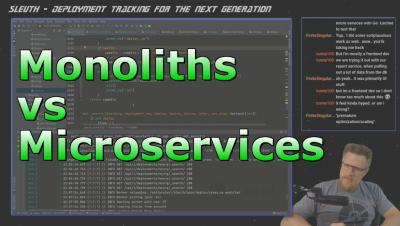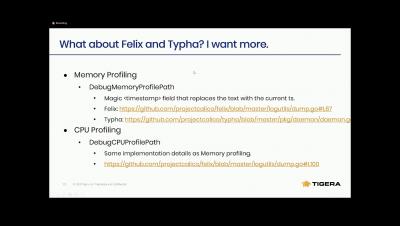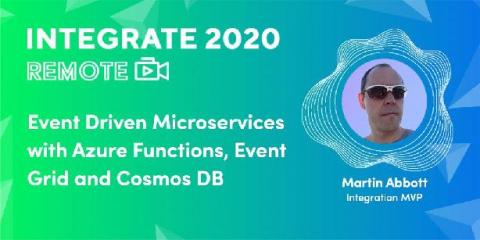Operations | Monitoring | ITSM | DevOps | Cloud
Microservices
Microservices vs. Service Oriented Architecture (SOA)
Containers, Microservices, and Kubernetes
Monoliths vs Microservices [Twitch]
How We Used JMH to Benchmark Our Microservices Pipeline
At LogicMonitor, we are continuously improving our platform with regards to performance and scalability. One of the key features of the LogicMonitor platform is the capability of post-processing the data returned by monitored systems using data not available in the raw output, i.e. complex datapoints. As complex datapoints are computed by LogicMonitor itself after raw data collection, it is one of the most computationally intensive parts of LogicMonitor’s metrics processing pipeline.
Logging for Monoliths vs. Logging for Microservices
At first glance, microservices logging may seem simple. You just take the same principles you’ve always followed for monoliths and apply them to each microservice in your application, right? Well, no. The differences between microservices and monolithic architecture amount to much more than a difference in the number of services involved.
From Monolith to Microservices
Today, monolithic applications evolve to be too large to deal with as all the functionalities are placed in a single unit. Many enterprises are tasked with breaking them down into microservices architecture. At LogicMonitor we have a few legacy monolithic services. As business rapidly grew we had to scale up these services, as scaleout was not an option.
How to Troubleshoot Microservice Connectivity in Kubernetes
Event-Driven Microservices with Azure Functions, Event Grid and Cosmos DB
Demand for Application Performance Management, Cloud Monitoring, and Microservices Support Is on the Rise
We analyzed the online behaviors of IT decision-makers to determine where they need the most help now compared to before the pandemic. Here's what we found.











